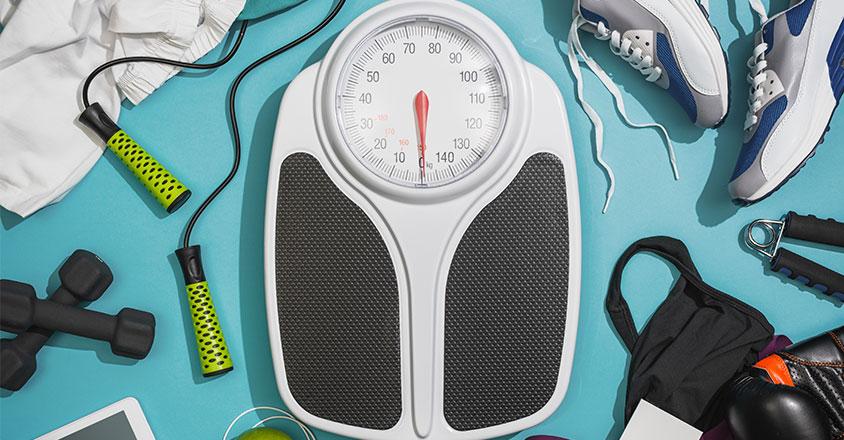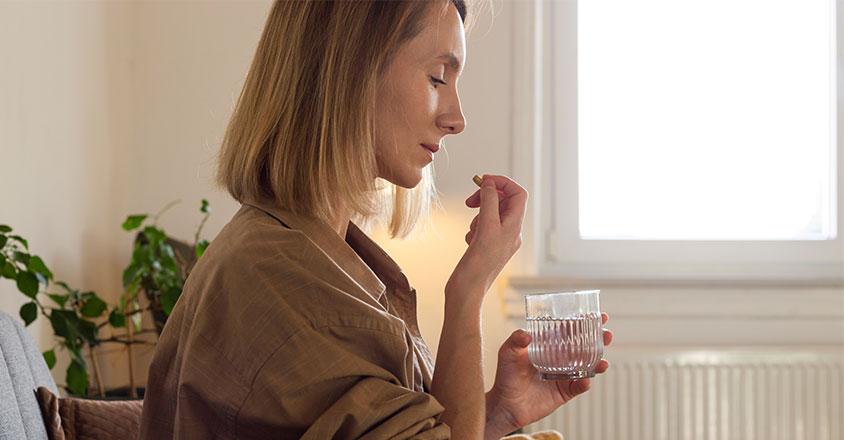How long does it take to lose weight from exercise?
A quiz for those of us who jog … straight to the fridge.
Pick the best answer for each question. Then scroll down to see how your answers stack up. And yes, we’re judging, lovingly.
1. You burned 300 calories jogging. That’s enough to burn off which of the following?
A. A slice of pepperoni pizza
B. Half a slice of pepperoni pizza
C. The regret of eating the pizza
D. A grape, if the grape were deep fried
Hint: According to the USDA’s FoodData Central, a slice of pepperoni pizza averages about 300 calories. You just broke even.
2. If you work out three times a week, how soon might you see noticeable weight loss (assuming your diet isn't straight queso)?
A. One week
B. Two weeks
C. Four to eight weeks
D. Six months
Harvard Health Publishing notes that healthy, sustainable weight loss typically takes about six months.
3. True or False. You can out-exercise a bad diet.
A. True, if you believe hard enough
B. False, but let me try anyway
C. False. Science says so.
D. Wait, are you telling me my donut cleanse won't work?
According to the Piedmont, physical activity helps but diet plays a much larger role in weight loss.
4. What's the best workout to burn calories quickly?
A. Running
B. Swimming
C. High-intensity interval training (HIIT)
D. Chasing your dog after it steals your sandwich
Mayo Clinic data shows running burns the most calories per hour, followed closely by hiking and swimming. But chasing your dog builds character.
Results:
Mostly A’s: You're optimistic. And possibly hungry.
Mostly B’s: You're trying, but also negotiating with carbs.
Mostly C’s: You read the fine print. You probably also floss.
Mostly D’s: You are our spirit animal.
Ready to get healthy?
Sign up for our digital newsletters to receive health tips, recipes, success stories for inspiration and information about new doctors to help you on your journey to better health.
Genesis HealthCare System’s Health and Wellness content conveniently provides accurate and helpful information. Your health history and current health may impact suggestions provided through our Health and Wellness content. Although we hope this information is helpful, it is not a substitute for your doctor's medical advice. Before making any significant changes, please consult your doctor.

A quiz for those of us who jog … straight to the fridge.






